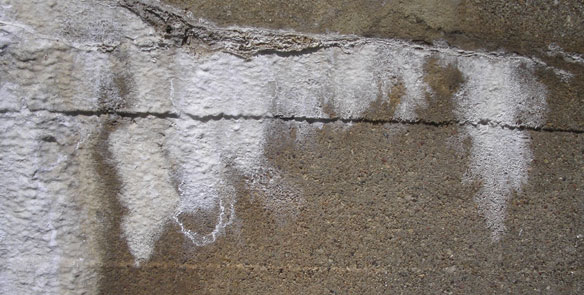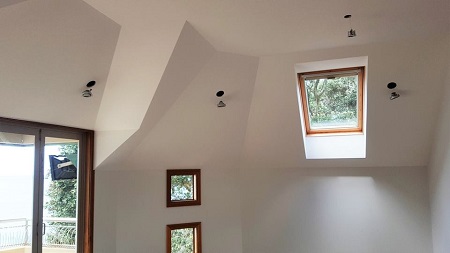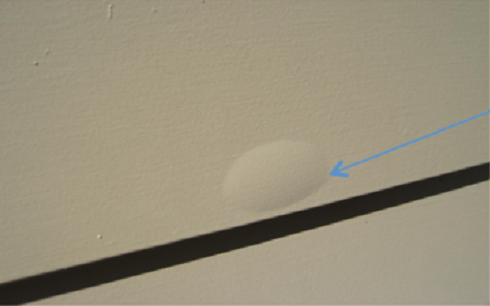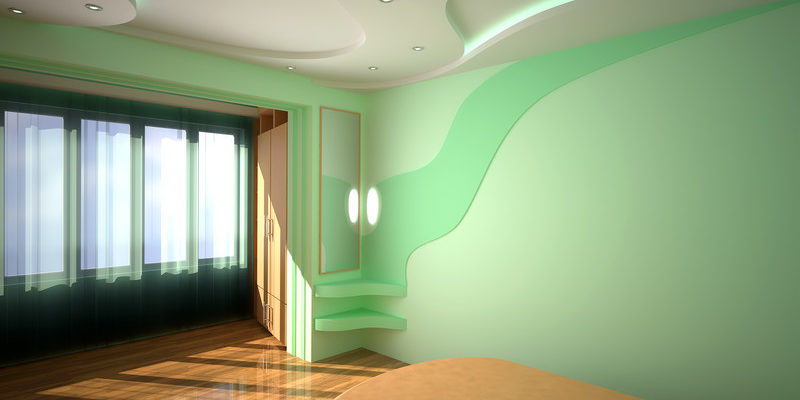Often on site visits we view a lot of painted areas. Every finish looks different depending whether you view it from front or side on, a high or low angle. How do you get a consistent way of viewing surfaces? What is really a Painting Defect here?
Continue reading “What is a Painting Defect?”










